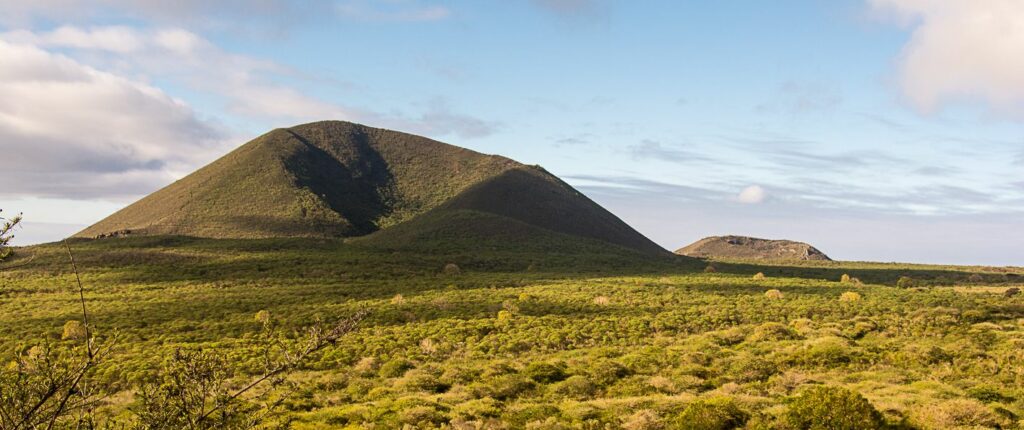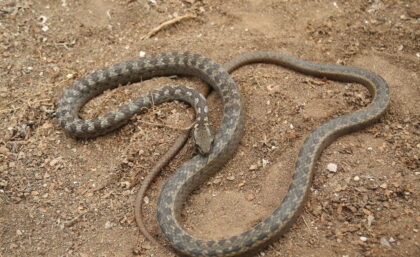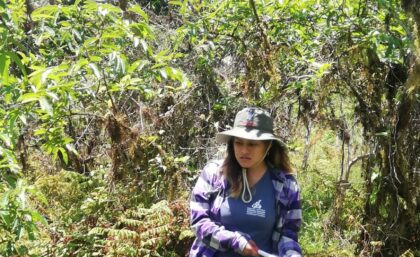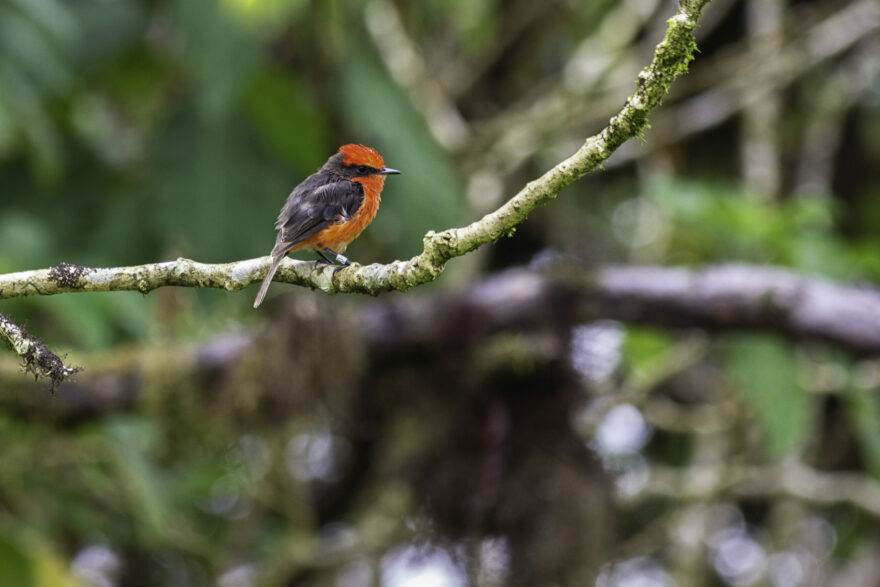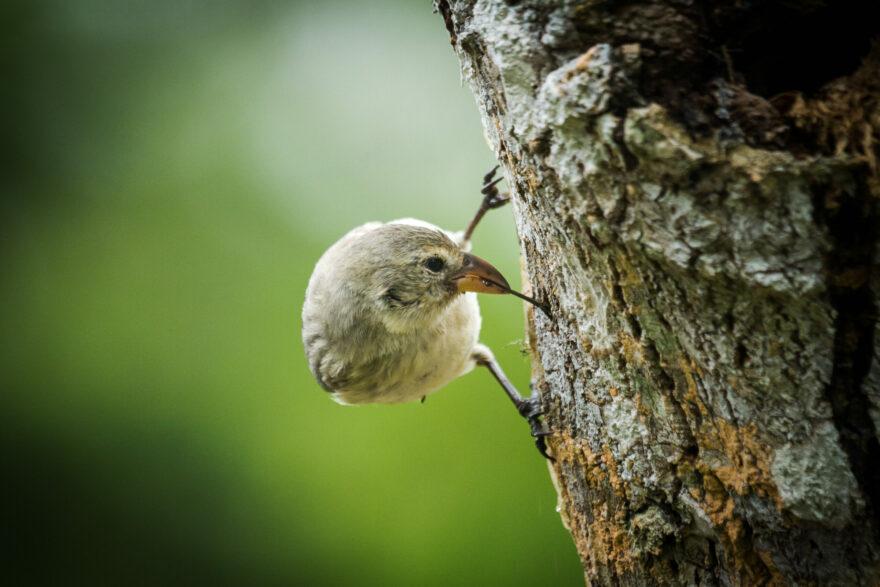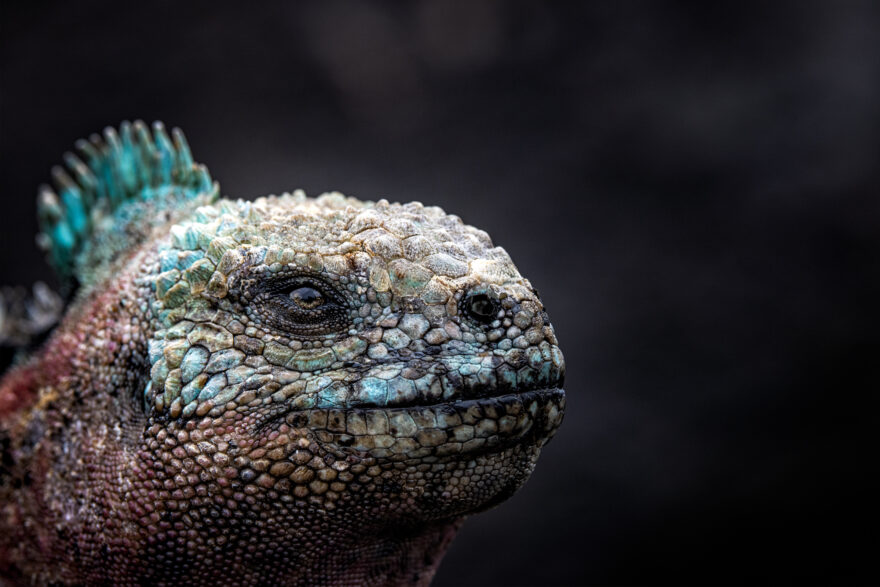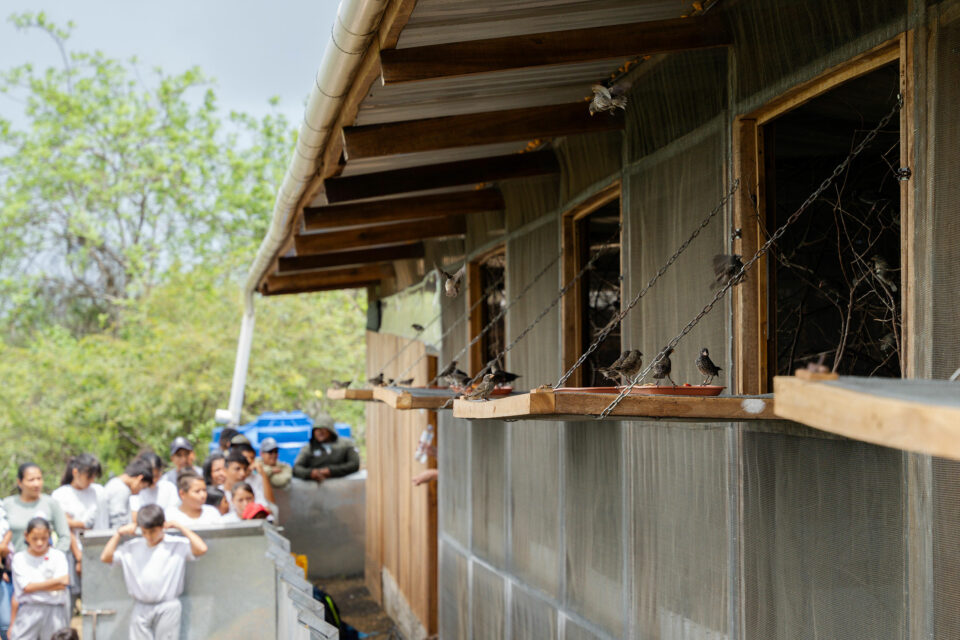
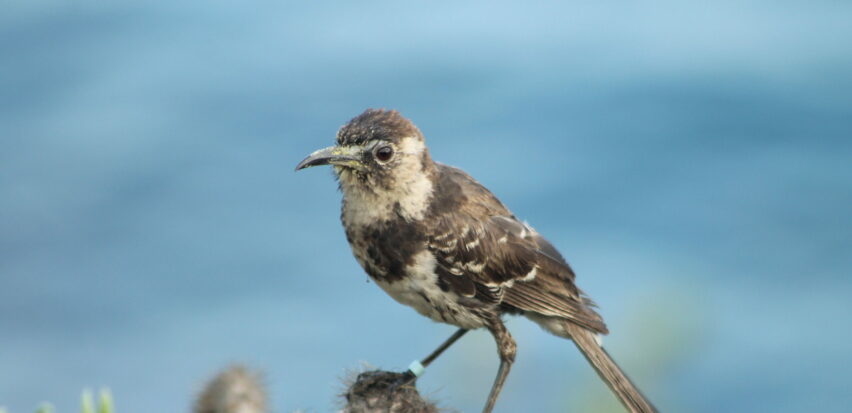
Overview
Floreana is the sixth largest island in Galapagos and used to be home to some of the most iconic species in the Archipelago, including the Floreana mockingbird, Galapagos racer snake and Floreana giant tortoise. Around 150 years ago, however, the first human settlers arrived on the island, and since then its magnificent wildlife has come under threat from invasive species such as rats and feral cats. We are aiming to restore Floreana to its former glory.
Project Partners





Floreana in numbers
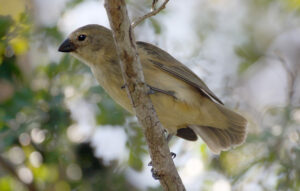
55
vertebrate species listed between Vulnerable and Critically Endangered

12
species are locally extinct, including the Floreana mockingbird

5
Critically Endangered species, incuding the Galapagos petrel
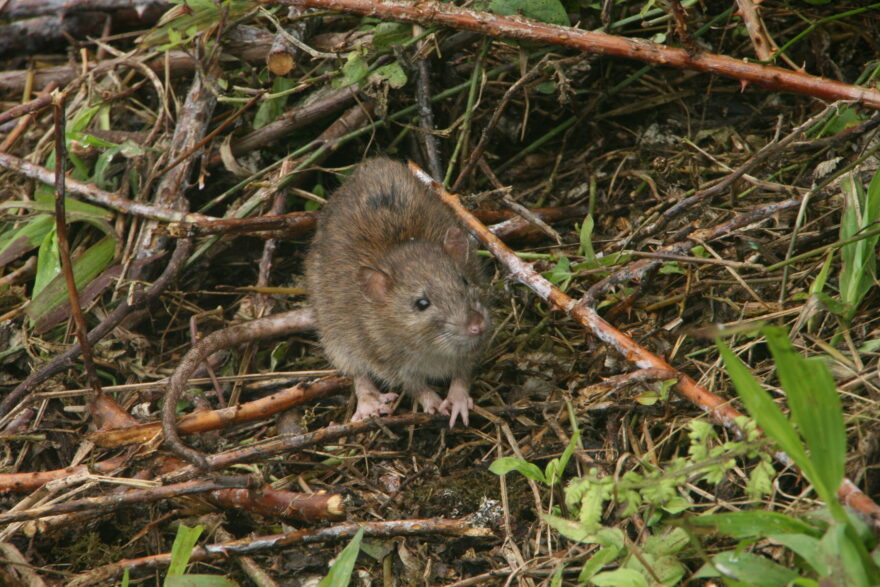
The problem
Invasive species have contributed to 86% of extinctions on islands globally. On Floreana, the introduction of invasive species, including rats and feral cats, has had devastating effects on the island’s local wildlife, with 55 native vertebrate species currently listed from Vulnerable through to Critically Endangered on the IUCN Red List. Additionally, 12 species are locally extinct on the island, including the Floreana mockingbird and Floreana racer snake. Floreana has been identified by experts as one of the top five globally important islands where threatened species will benefit from an invasive mammal eradication, which would also support sustainable socio-economic development in the local community (around 140 people).

You have to have the community as part of the project; otherwise, you are not going to be successful. Once you remove invasive species, you need to protect the island and avoid new species coming back.
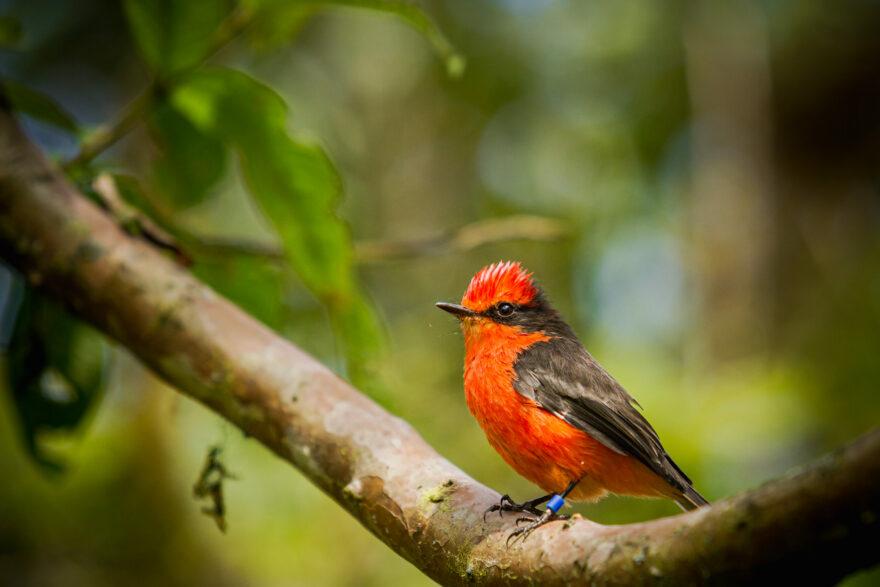
How we’re tackling it
GCT is supporting Fundación Jocotoco, the Galapagos National Park Directorate and other project partners to undertake one of the largest, and most complex, eradication projects ever conducted on an inhabited tropical island, with the ultimate aim of reintroducing locally extinct species to Floreana to help restore the ecosystem.
The baiting for the eradication is currently planned to start in October 2023. To get to this point, the Floreana island restoration project has required over a decade of planning and pooled expertise to minimise risks to native species, domestic livestock and pets, and the Floreana community. Likewise, risks to wildlife from pets, livestock and human activities have also needed strengthened management, such as neutering campaigns, infrastructure improvements and stricter biosecurity rules to prevent the return of rats. It is important that robust biodiversity baselines are collected before the eradication, so the ecological impact of removed invasive predators can be measured, including baselines for invertebrates that will be important prey for reintroduced land birds. GCT has been supporting, and continues to support, activities across all of these areas, whilst ensuring training opportunities with National Park rangers and young, Ecuadorian researchers are funded.
Fortunately, all 12 of Floreana’s locally extinct species are found on other islands in Galapagos. For example, the Floreana racer snake and Floreana mockingbird have survived on the neighbouring islets of Champion and Gardner-by-Floreana, where invasive species are not present. The little vermilion flycatcher is the species that the Floreana community is most excited to see return, with older community members remembering its beautiful red plumage. GCT has supported research across several species to help inform reintroduction plans, and will support partners to ensure effective coordination of reintroductions in the coming years.
Photo gallery
Click on an image to view larger
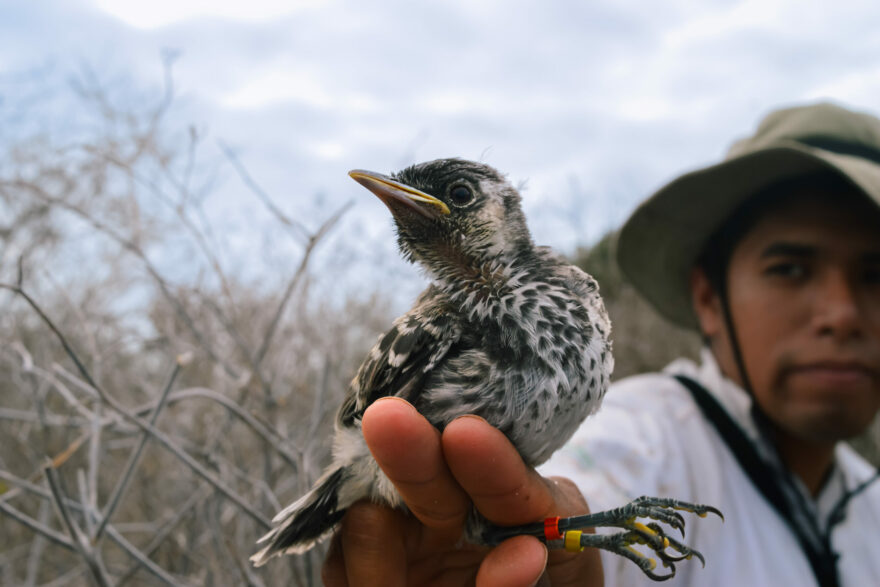
Project goals
There are three key phases of the programme:
- Mitigation – ensuring that all vulnerable species, as well as humans and livestock, are adequately protected during the baiting phase of the project.
- Eradication – targeted baiting to eradicate non-native rats and feral cats.
- Reintroduction – the repatriation of locally extinct species including the Floreana mockingbird and Galapagos racer.
Project updates

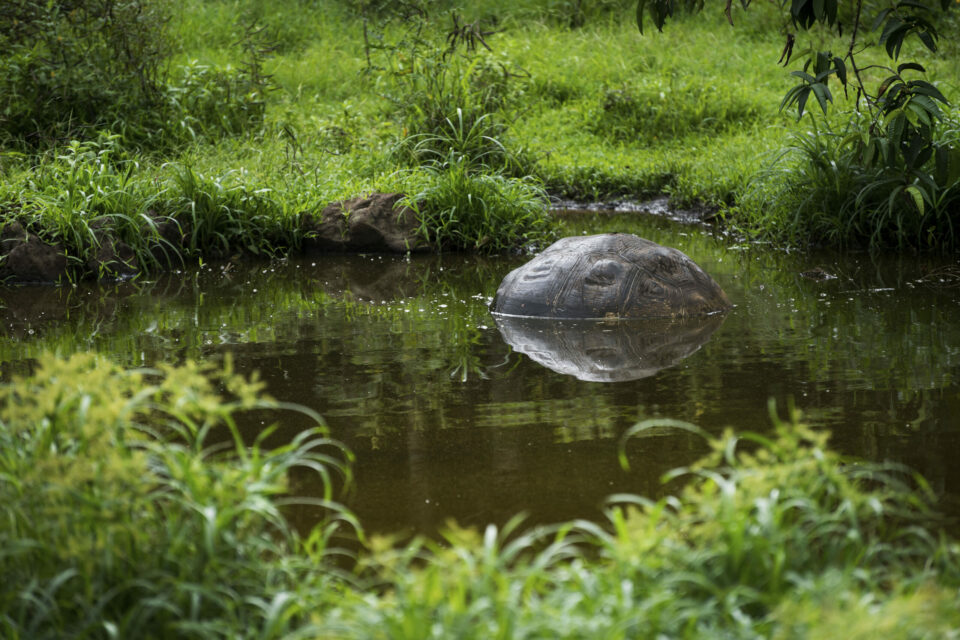
Double your donation to rewild Galapagos with the Big Give
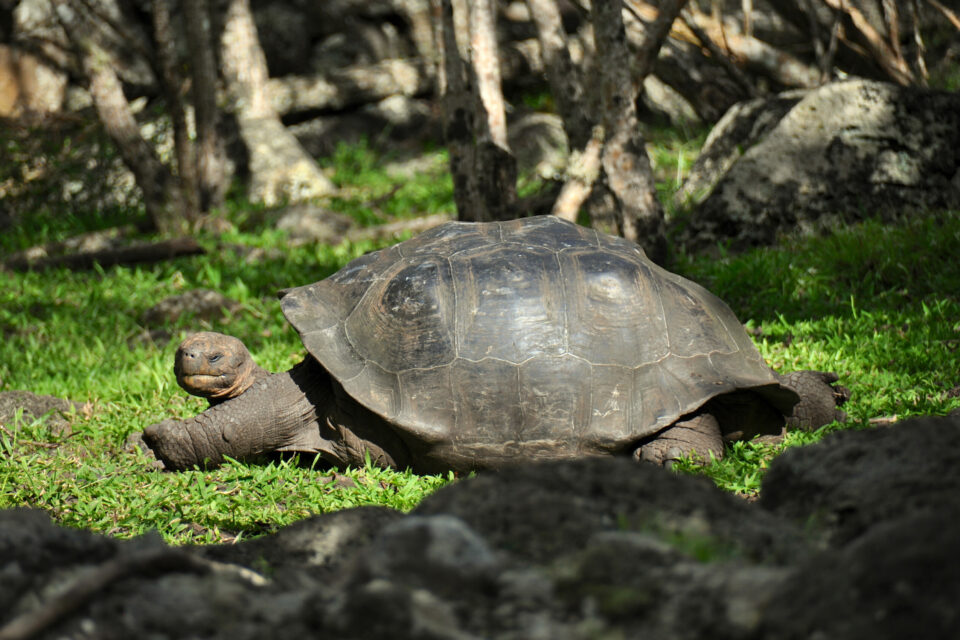
The return of the Floreana giant tortoise
How technology is changing conservation in Galapagos
How you can help
Help us to restore Floreana to its former ecological glory by donating today or by adopting a Floreana mockingbird.
